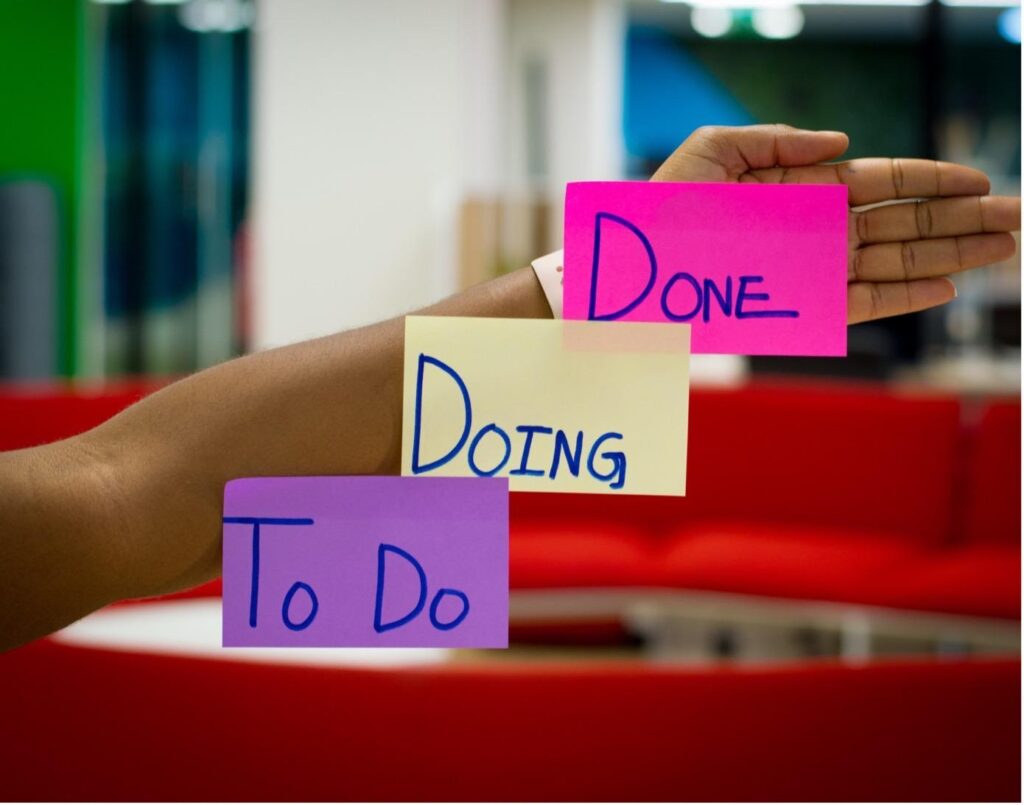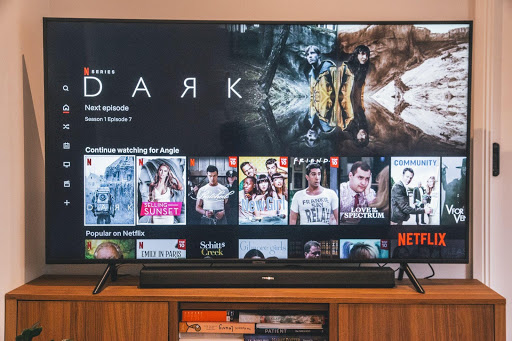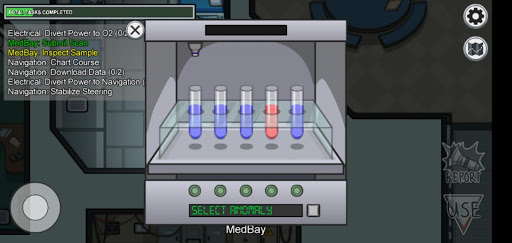We will discover via this article how the studies of these two professors in psychology from the universities of Moscow and Harvard have impacted until today our way of designing interfaces in order to guide users to complete their tasks and achieve their objectives.
#1 The Zeigarnik Effect
In 1927, a Soviet psychologist, Bluma Zeigarnik, conducted a series of experiments in which she discovered an interesting mental pattern: an incomplete action is remembered almost twice as much (1,9 times more) than a complete action.

Portrait of Bluma Zeigarnik
Here is the protocol of one of these experiments :
- Zeigarnik asks two groups of participants to solve several small tasks in a certain amount of time;
- She asks the participants of one of the two groups not to complete some of their tasks (claiming a lack of time);
- She then asks all the subjects to list the tasks they had to do.
Among the tasks listed, the ratio of completed tasks to incomplete tasks was 1,9 on average. In other words, subjects who were interrupted during their tasks remember interrupted tasks almost twice as much as completed tasks.
Based on the results of several experiments, Zeigarnik concludes that when there is an interruption in solving a problem or task, the subject develops a certain level of emotional stress, which does not receive his discharge that it should receive when solving the problem.
This theory is also explained in the field theory by Kurt Lewin, a task already begun builds mental tension, and this tension is not released until the task is completed.
But if the task is interrupted, reducing the tension is more difficult, causing the task to linger longer in the person's memory.
Access to memory traces is therefore facilitated thanks to this tension, that's it the Zeigarnik effect.
-> To sum up the Zeigarnik effect: unfinished tasks stay in a person's memory longer than completed tasks.
# 2 The Ovsyankin effect
Later, another professor of psychology at Harvard University, Maria Ovsyankina, completed the Zeigarnik effect with her research. In particular, she found that an interrupted or incomplete task, even without additional stimuli and reminders, is perceived by subjects as a " quasi-need which absolutely must be resolved.
In other words, an unfinished task creates obsessive thoughts aimed at returning to the task and completing the interrupted activity.
-> To sum up the Ovsyankina effect: with an unfinished task, a person strives to accomplish it on their own (in order to “unload” this tension).
Netflix : TV Interface
This interruption is similar to the interrupted task in the experiments of Zeigarnik and Ovsyankina. The viewer really wants to get to the end of the story (to finish all the loose ends), he's going to keep a lot of details in mind because the story isn't over.
# 3 The effect of Zeigarnik and Ovsyankina in interfaces.
1. Preview content to attract users
When it comes to delivering content, many sites use this effect to entice their readers. The reader, having started to consume the content or the article in question, wishes to complete his task and therefore is pushed to create an account or to subscribe in order to be able to release the tension explained by Ovsyankina.
Medium : use of a “Paywall” in the middle of an article.
2. Motivate users to complete their tasks
Using a progress bar or stepper motivates users to complete an action – in effect, it lets the user know how close they are to completing a task. When users see a message that something is in progress, such as "Your profile is 30% complete," they're more likely to spend a few minutes filling in all the missing details.
LinkedIn : A progress bar and a message to motivate you to complete your profile.
Another example of using the Zeigarnik and Ovsyankina effects to motivate users to complete something: e-commerce shopping carts.
Farfetch : The stepper indicates 3 simple steps
For most e-commerces, the cart is a separate page. Thus, the user enters the basket to see his products and it is once he validates his selection that he enters the purchase tunnel, most often with a stepper to materialize the steps.
Burberry : The stepper includes the basket
But at Burberry, the stepper starts as soon as you enter the basket, so this is the first step in the purchase tunnel. The user is already in the purchase process, as if he had already done some of the work.
The stepper is used to materialize the successions of steps that the user must follow. He is immediately at stage 1, he sees all the way and a hint of what needs to be done to reach the end.
Leaving this page may mean abandoning the task. And that creates a tension, a mental load, as Ovsyankina explains. To release this tension and encourage users to return to the task in order to complete the interrupted action, e-commerce sites have tricks, for example the use of reminder emails.
Showing progress and a to-do list of what remains to be done is a common practice to motivate players to immerse themselves in games.
among us : a list of tasks to accomplish in the upper right.
But it is also a very used and motivating practice that can be found in language learning applications, for example: gamification.
Duolingo : a list of tasks, progress bars, accomplishments.
Thus, by using rewards and credits systems, by launching challenges, by setting objectives: this helps to encourage users to move forward, to obtain more “achievements” and this contributes to better engagement.
Often this involves progress bars as it generates interest from users, again it's in our nature, we want to finish what we started.
# In conclusion
The Zeigarnik effect is still very relevant today, although few people are aware of this phenomenon and the opportunities it offers. The Zeignarik effect and its theory show that unfinished tasks cross our minds until they are completed.
Whenever possible, use milestones or other user progress indicators to visually indicate the way forward and highlight when the task is incomplete. Thus, you can increase the chances of completing the task and, with it, the conversion of the site or the adoption of the application.
Obviously, these tasks must be relevant to be useful. After all, the Zeigarnik effect can also lead to negative results. For example, think about all those messages and notifications that pop up on your phone. These are unfinished tasks imposed on you by applications or other people.
Also, these Zeigarnik and Ovsyankina effects can be misused to manipulate users into completing tasks quickly. This practice is often used for subscriptions or in e-commerce.
So pay attention to the dark pattern 😉
Sources :
https://www.verywellmind.com/zeigarnik-effect-memory-overview-4175150
https://en.wikipedia.org/wiki/Bluma_Zeigarnik
https://en.wikipedia.org/wiki/Field_theory_(psychology)
Eric TADROS Lead UX Designer @UX-Republic
Our next trainings
UX/UI ECO-DESIGN # Paris
SMILE Paris
163 quay of Doctor Dervaux 92600 Asnières-sur-Seine
DESIGN THINKING: CREATING INNOVATION # Belgium
UX-REPUBLIC Belgium
12 avenue de Broqueville - 1150 Woluwe-Saint-Pierre
MANAGING AND MEASURING UX # Paris
SMILE Paris
163 quay of Doctor Dervaux 92600 Asnières-sur-Seine
DESIGN SPRINT: INITIATION & FACILITATION # Paris
SMILE Paris
163 quay of Doctor Dervaux 92600 Asnières-sur-Seine
UX-DESIGN: THE FUNDAMENTALS # Belgium
UX-REPUBLIC Belgium
12 avenue de Broqueville - 1150 Woluwe-Saint-Pierre
GOOGLE ANALYTICS 4 #Paris
SMILE Paris
163 quay of Doctor Dervaux 92600 Asnières-sur-Seine
ACCESSIBLE UX/UI DESIGN # Belgium
UX-REPUBLIC Belgium
12 avenue de Broqueville - 1150 Woluwe-Saint-Pierre
EXPERIENCE MAPPING # Paris
SMILE Paris
163 quay of Doctor Dervaux 92600 Asnières-sur-Seine
























